


Dr Amit Dilip Bhatt completed his MBBS and MD medicine from the prestigious Mahatma Gandhi Institute of Medical Sciences, Sevagram, Wardha through meritorious scholarship He did his super specialization in Medical Oncology at the prestigious Christia
Dr Amit Dilip Bhatt Director & Consultant, Medical Oncology
TREATMENTS OFFERED
OUR BLOGS
Difficulty Understanding The Heavy Medical Terms? Cancer Lingo Simplified
Ovaries play a role in the menstrual cycle, fertility, and pregnancy. The lack of understanding of medical terms can also…
Ovarian Cancer Awareness Month: Symptoms, Causes, and Treatment
Ovaries play a role in the menstrual cycle, fertility, and pregnancy. Ovarian Cancer Awareness Month: Symptoms, Causes, and Treatment Ovaries…
Brain Tumor Awareness Month: Types, Signs, and Symptoms
May Month is Brain tumor awareness month. #graymay is used for awareness over the world for awareness of this disease,…
1 Lacs+
Happy Patients
2 Lacs+
Patient Visites
25+
No.Of Services
25+
Year Of Experience
Client Testimonials
| was admitted to Poona Hospital on 05/07/2017 for complaints much as Loss of Appetite: puuece Anaemia t& Weight Loss & my creatinine was 9.5 On further investigations, 1 wes diagnosed with multiple myeloma & Dr. Ajit Tambolkar referred my case 19 Dr. Amit Bhatt who Sdvined chemotherapy & accordingly I underwent 6 Cycles of Chemo Therapy of Bortesomib plus Dexa till Nov, 2017.
AVINASH CANCER CLINICYou relate to me so close to my heart that i almost wrote "Respected Doctors." not with standing the difference in age between us.
DEAR DOCTOR AMIT





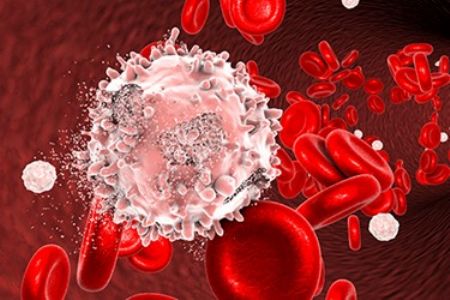


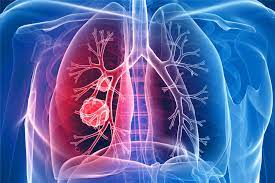


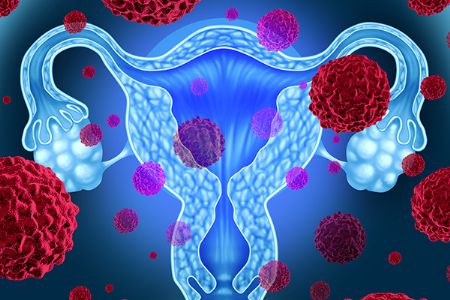
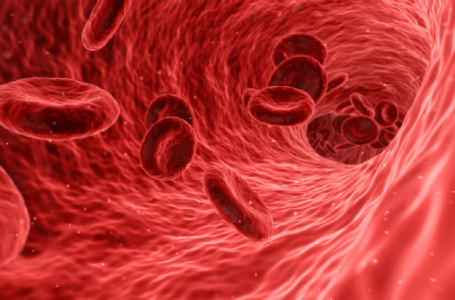

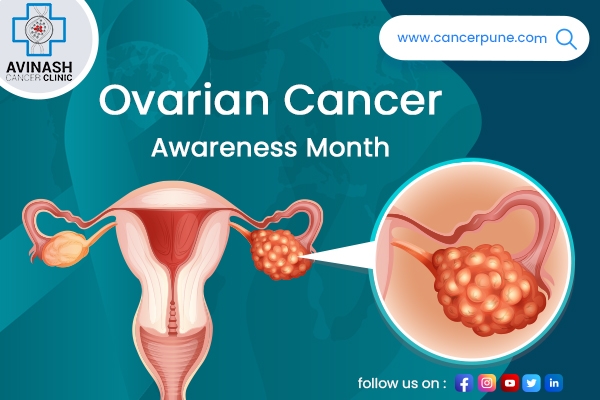




Dr. Ranade has been in the medical oncology practice for more than 21 years. He has presented many clinical research papers in various forums. He is The first president to be elected from Maharashtra (outside Mumbai), and the youngest of all elected presidents, Dr Ranade shared his views on cancer as a disease and the approach taken by him and ISMPO in combating it, in his first interview after being elected president.
Dr. Anantbhushan Ranade Medical Oncologist & Director of ACC